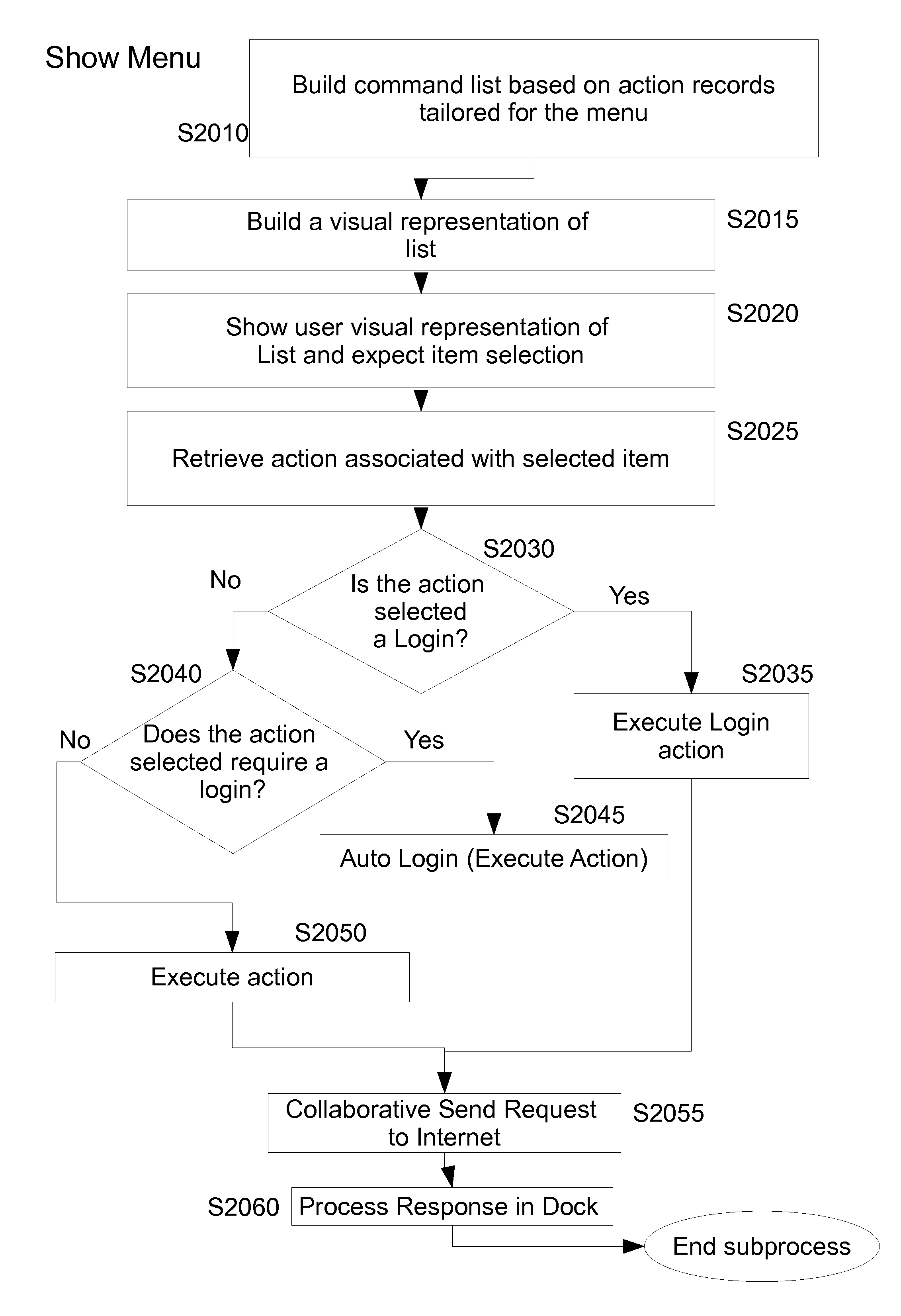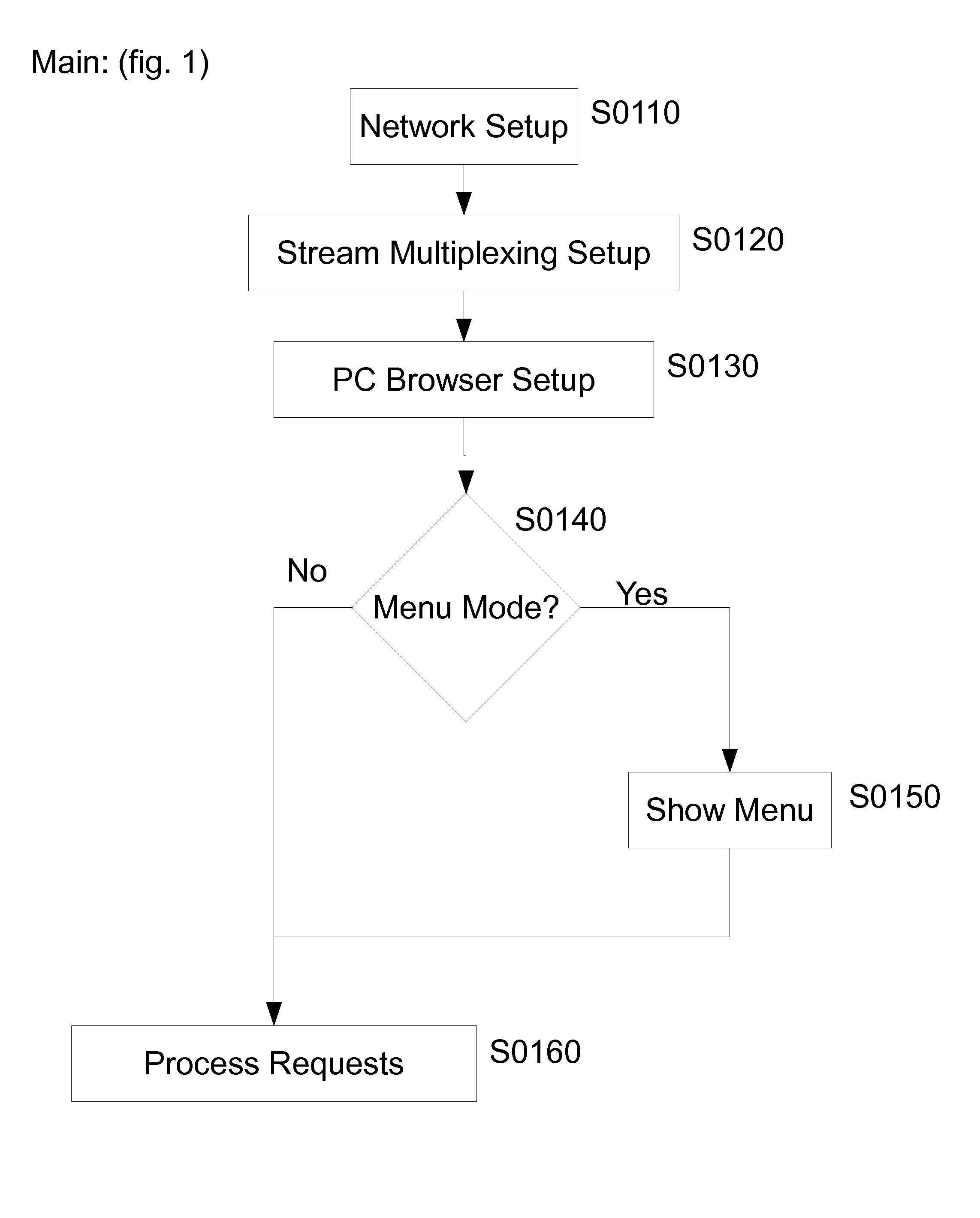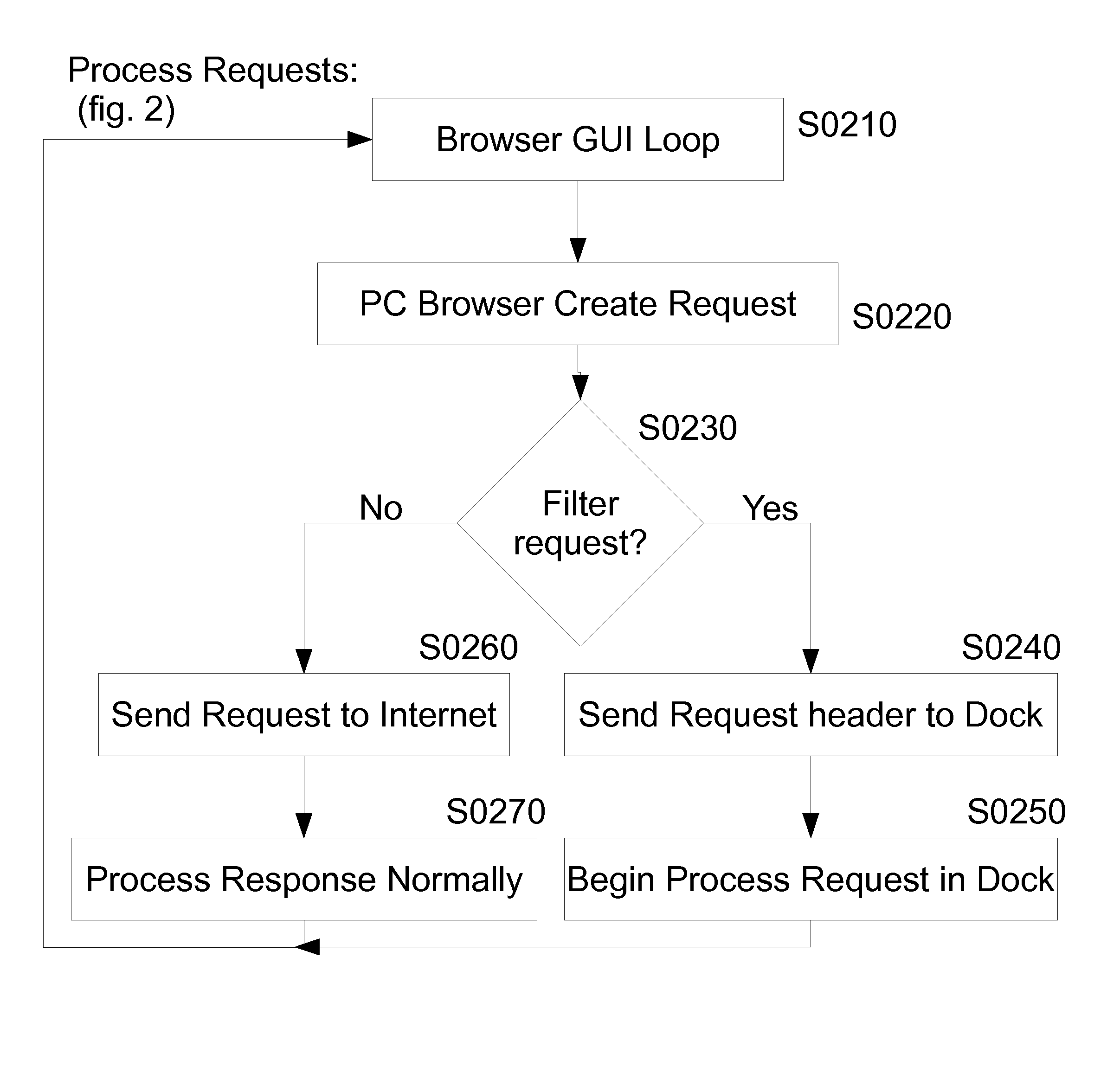One limitation of the above systems is that different websites normally requires to be entered a username / password combination, that the website will
check in his own records to authenticate the user.
Since to achieve a
moderate level of security the username may be shared across some websites but it's not wise to also share the secret passwords (a compromised website could allow access to unrelated websites), and since also for security reasons the passwords should be difficult to guess, in the end the user has the hard duty of remembering a set of many different of usually complex passwords.
The complexity of this is ever increasing since, to further complicate matters they impose restriction on his selections, for example demanding longer passwords for coping with the increasing power of password-
cracking machines.
But the frequent need for changing passwords or the hardly practical
encryption makes this strategy rather difficult, calling for a digital solution.
There exist for that purpose some systems that assists in the
password management in a digital way (usually
software called “password managers”) but anyways they left many security issues unsolved.
Regardless the convenience inherent in those portable password managers, many limitations remains.
The main limitation is related to the security of the platform where the
password manager runs: if the platform is not secure enough, all the security that the
password manager promises to bring is masked by the insecurity in the platform itself where the
password manager runs.
For example, in the portable browser with integrated password manager case, whenever a user transporting it approaches a computer not of his control (such as in a cybercafe), the security of the
system is unknown and the user may opt to just avoid to use the
system for the involved security risk, losing all the supposed portability benefits.
Locking the user to known systems is too inconvenient and anyways of little help, since it's widely known the ever increasing kinds of
malware that everyday exploits new vulnerabilities of the target systems, so since prior password managers in some time put master secrets and other data unencrypted in RAM, if
malware can access the data the results with those prior systems can be catastrophic.
On prior systems, there is no secure confirmation
granularity of the actions in face of an active attacker, an active attacker can steal the session once it was authenticated and the user cannot be sure to whom the information is sent.
1) To use the same password in various sites, but security levels often are not enough since by having its own
system defines its needs (password kind), or ask periodic changes (ruining the strategy). There's other security problem: the attacker can hack
a site and enter other site.
2) To have various keys, impossible or remember.
There exist other passwords managers but they don't automate the password changes, neither test access periodically, and can be trojans, or run in an infected PC.
In the case the password managers are local (such as running in a PC), they don't support an active attacker, or are not portable.
Instead if they're portable and integrated, they typically don't support an active attacker and can be uncomfortable in comparison with a PC.
If the case that password manager runs in the cloud, if information gets decrypted in the
server, there's greater problem than with the local case (since the
server is a more attractive target), or can be wrong regarding the protocol (for example using a
library with a security hole), or other internal attacks if the server is used as encrypted
backup.
If implemented by means not accessible to the PC, an attacker can steal the password when you input it (such as for example in a notebook) if it isn't encrypted, or it's insecure.
Problems with that existing implementations are that: both devices can be hacked, or it isn't useful in automatic fashion for sites already designed for using unique passwords, or the added issue of cost of second channel, or the risk that the second channel is not available, and overall it's needed a device that (in general) is expensive and to be charged frequently.
Further, an active attacker can steal the session as an additional problem of those other implementations once it was authenticated.
Other possible options for authentication is by using schemes with the data used for authentication generated on-the-fly near to the user, such as Time-based One-Time
Password (TOTP), but there remains some problems, including the case of both devices can be hacked, and it's not useful to be used in automatic fashion for sites already designed by unique passwords: for TOTP you need special support in the server, a support not found or configured on the majority of servers since username combined with static passwords is the current widespread authentication method for websites, and the proposed invention can work for that widespread servers, unmodified.
As an additional considered problem, there is the case of an active attacker that can steal the session once it was authenticated.
 Login to View More
Login to View More  Login to View More
Login to View More 


